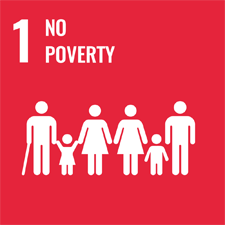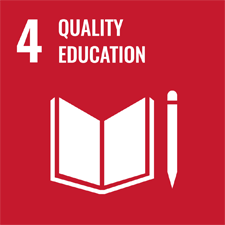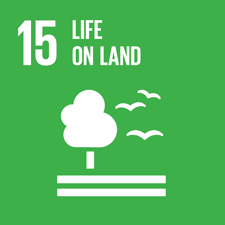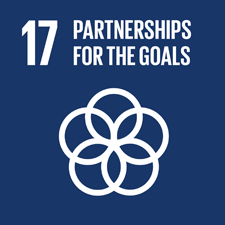Project Summary
|
The single largest mangrove forest Sundarbans is the natural safeguard for coastal communities. Approximately, 3.2 million people live on Sundarbans resources. But the Sundarbans is in serious jeopardy due to human activities and natural causes. Besides, the Sundarbans communities don't engage themselves in conservation activities rather they are involved in unsustainable resources harvesting activities due to poverty and lack of education. Many organizations are working for Sundarbans conservation but there is a big gap of coordination. Moreover, all the Government rules and regulation are not followed by them due to top to bottom approach and unconsciousness. So, Bangladesh Environment and Development Society (BEDS) and Japan Environmental Education Forum (JEEF) are conducting a project entitled “Project for conserving Sundarbans SAYATOMA and developing its showcase through creating action plan and ensuring the sustainable use of Natural resources by promoting mangrove restoration traditional culture and skill of mangrove collection” with the financial assistance of SATOYAMA Development Mechanism (SDM), Japan to promote traditional good practice such as local traditional shrimp drying technique, community based mangrove plantation for ensuring the participation of the local people with organized nature conservation activities, Bottom to Top Approach policy making, ensure the sustainable use of Sundarbans natural resource for reducing the poverty of forest dwellers and to be engaged in mass communities for establishing a coexistence between nature and human being which is directly related with Aichi Biodiversity Targets-2020 and SDGs-2030. |
The main objectives of the project are to reduce the poverty of 100 Sundarbans fishermen families through demonstrating and promoting traditional shrimp processing and to retain and enhancement of Sundarbans SATOYAMA biodiversity conservation through making and executing sustainable conservation action plan for reducing the gap of coordination among GOs, NGOs, Universities and Communities.





